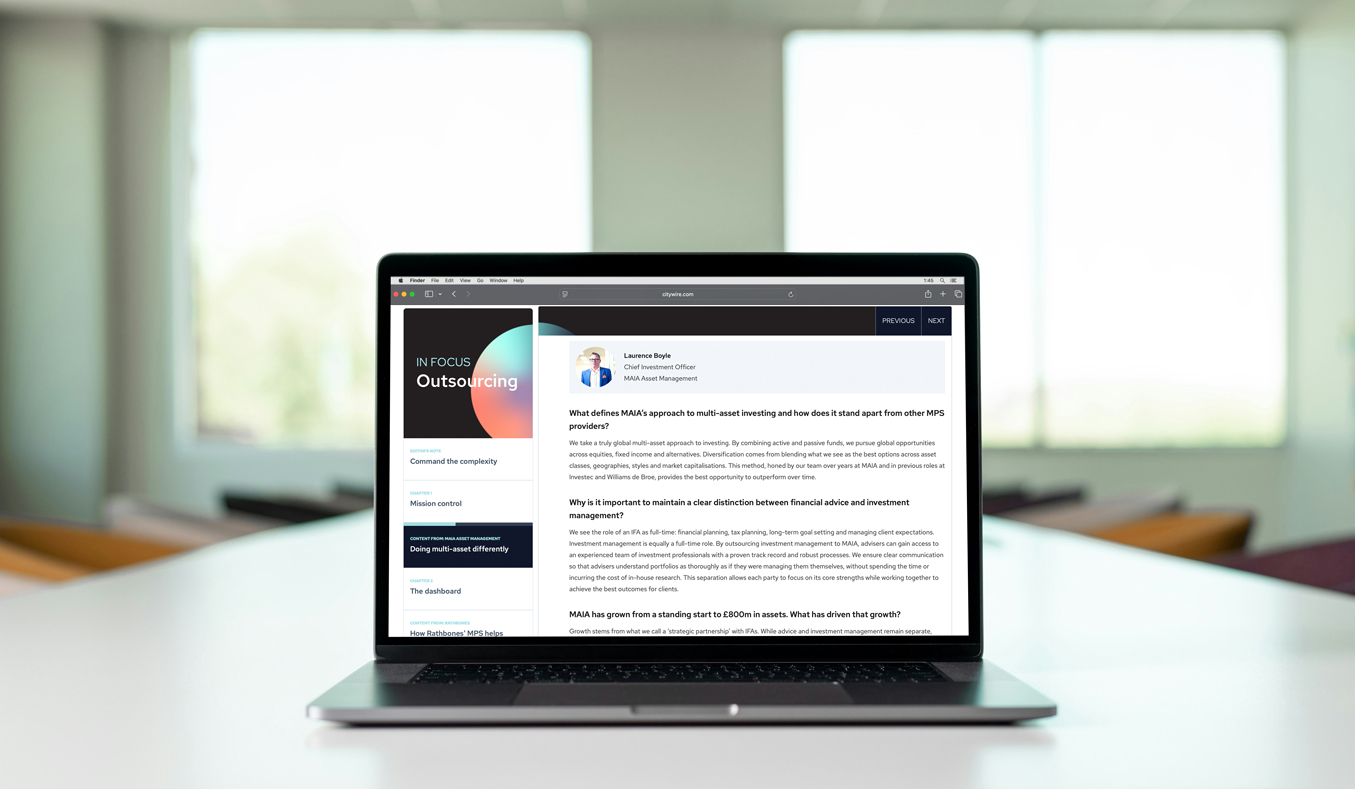For the past few weeks, investors have been counting down the days to the US September CPI report which is always released a couple of weeks after the end of the reporting month.

As the US is such an integral part of the global economy, the release that was made last week was always going to impact global markets. With the dollar being as strong as it has been and the US Federal Reserve being hawkish, the numbers released would be at the forefront of the risks and opportunities for global markets over both the short and long term.
The overall CPI figure for September was at 8.2% over a year, which was little change to the August figure. Core CPI, which strips out energy and food, increased to 6.3% on an annual basis which is the highest figure recorded for over four decades. Both these levels were higher than economists had forecast.
When delving deeper into the components of the CPI number, housing costs rose, as did food, whereas a number of other component data points fell, including the fuel component, which has fallen due to commodity prices softening. Even though the overall CPI figure came in higher, it is positive that some of the components are falling.
US bond yields rose sharply in reaction to this release, however movement in US equity prices were lower than some expected. As we moved through the US trading session on Thursday, equities recovered from their negative start to post positive gains at the close. Yields continued to be higher, leading to further curve inversion in the US rates market. On Friday, markets gave up the returns made on the Thursday, highlighting the current volatility and high sentiment that is still driving short term fluctuations.
Following the data release, investors priced in a greater probability (98%) that the Federal Reserve will implement a 0.75% basis points rise in November, with predictions for further rises in future meetings. The futures market now expects the Federal Reserve interest rate to hit 4.94% by May 2023. This is up from 4.65% before the inflation reading.
The moves in the equity market, highlight the fact that many believe that a recession is likely to occur in the US at some point soon, but it does seem like it will be mild due to the strength of the consumer and the underlying strength of businesses as well. There will be risks to certain areas of the market as demand, jobs, and growth slow, so active selection of quality businesses will be key across market cap and styles.
With the moves that have occurred over the past year, equity and bond markets have priced in a lot of bad news already. As with any negative sentiment driven sell off, the contagion risk has been widespread leading to a lot of quality businesses being sold off with everything else.
This is creating good long-term opportunities for active managers to access businesses that were more highly valued previously and are now at levels that have not been seen for a long time. Valuations are becoming increasingly important in the ‘new normal’ economic environment we are entering. Investing with managers that understand this and are looking for value should create the best long-term opportunities moving forward.
This website is aimed at Independent Financial Advisers, please tick the box to confirm that you are an IFA before entering the website.








